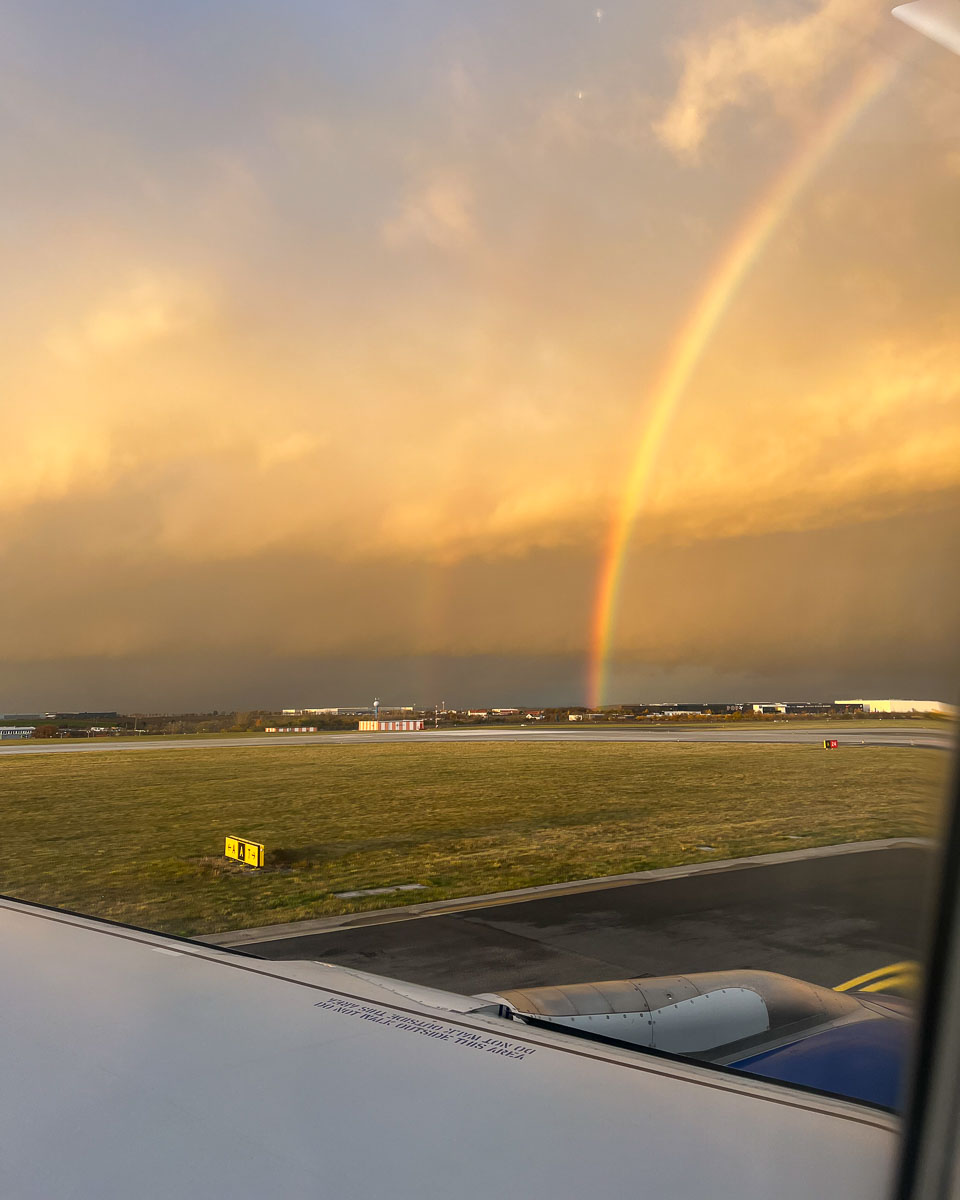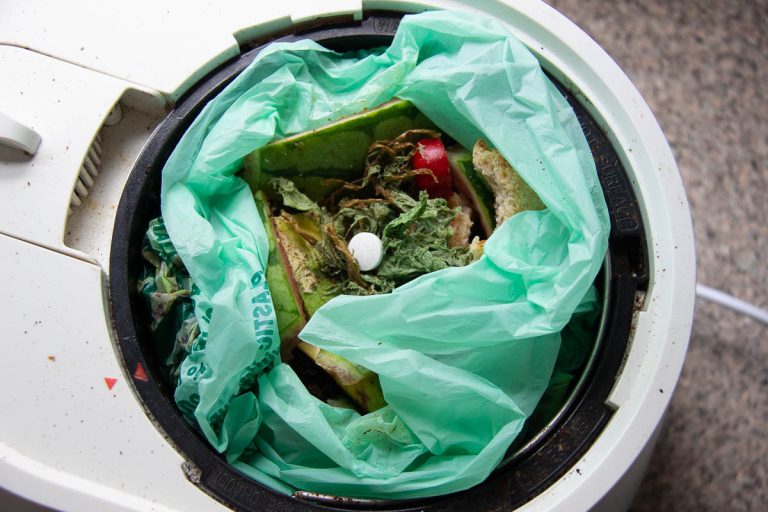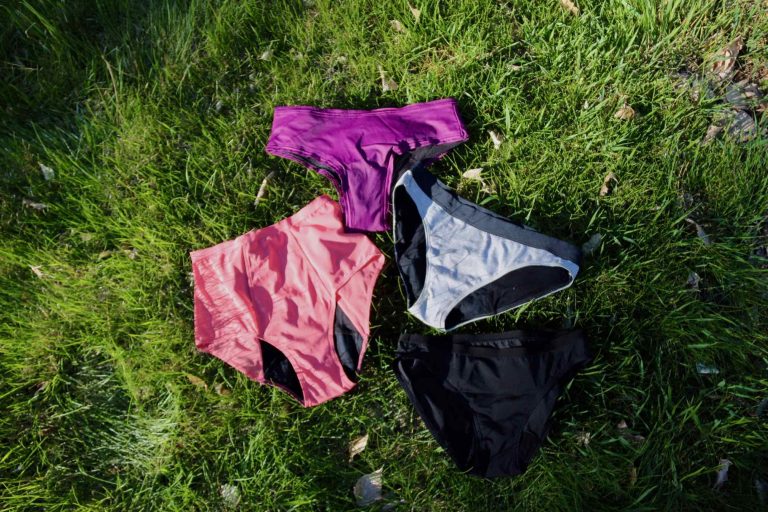All I Want for Christmas is Carbon Removal in the Travel Industry. (This is How We Can Get It)
Around this time last year, I shared a story about my carbon emissions from flights throughout 2022. I added up every flight I took, got out my carbon calculator and did the math. In short, it was a lot.
(How much, you ask? About equal to the average US resident’s total annual emissions – from everything in life, not just flying. Three times more than many Europeans’ personal annual emissions. At least 10 times more than an average Ethiopian’s. You get the picture.)
As someone who writes about sustainability, has studied energy and climate at a high level, and is passionately pro-climate action, yes, the details were embarrassing.
But the process of finding them was also quite illuminating, so that made up for it. I learned, for example, that you can reduce emissions from the flights you take by a massive 30 to 60% by choosing a different airline or departure time. That’s a very powerful kind of voting with your wallet. (But before you object, no, it doesn’t always mean paying more for flights.)
This year, I’ll spare you the tedious numbers and skip to the point.
In 2023, I wrote a lot about ways you can easily reduce your climate impact – both from simply existing every day, and from travel. (Some examples: Flights, how to compost if you live in an apartment, plastic-free vitamins, European train travel, more sustainable clothing, and many more plastic-free product swaps.)
Yet my own travel carbon footprint for 2023 is about the same as it was last year.
Why didn’t I clean it up?
Well, firstly, because I’m a travel writer. My business requires a lot of travel.
Also, I married someone who’s from the other side of the world. We live half-way in between his family and mine.
So yes, I fly a lot.
And, for the record, I mostly travel to highlight ways to do it more sustainably. (That includes the family visits, which are almost always lumped in with trips I write about. That’s why I often travel – carry-on only! – for two to three weeks at a time.)
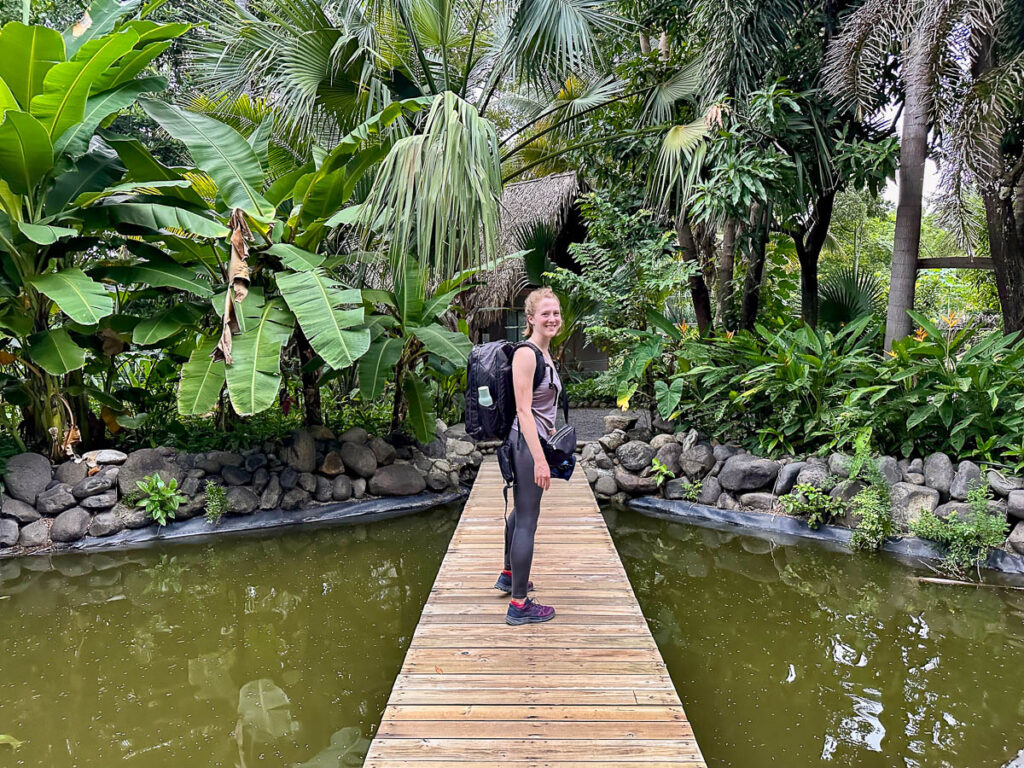
And while I travel by train more than almost anyone I know (I recently crossed Europe in 5 train rides to avoid a flight), flying a lot is still a fact that I don’t see changing much – unless I were to radically upend everything about my life. And there are plenty of people who would argue that’s exactly what I should do. But would it save us?
Of course, it would help if I were to stop flying. But it wouldn’t be enough. Not even if we all stopped.
In fact, no lifestyle change can save us now. And that’s coming from someone who’s built a business advocating for lifestyle changes.
(Note: While lifestyle changes alone aren’t enough to stop climate change, they do have an impact on climate – and on other things! Using less plastic helps with climate change and with the amount of garbage on beaches. Eating less (and better quality) meat helps with climate change and with animal cruelty and the quality of our nutrition. Choosing lower-emission transportation helps with climate change and with pollution in cities.)
Why aren’t lifestyle changes enough?
Because the amount of CO2 that we’ve already emitted into the air is more than enough to get us above the 1.5 degrees Celsius of warming that we so deeply need to avoid. Even if we stopped burning all fossil fuels today, we’d need carbon removal to reverse the damage already done.
If I sound a bit defensive, I’m going to prove to you that there’s more to it than that. I’m not making excuses for my travel habit; I’m saying that we need to do better in the future, and we need to clean up what we’ve already done. Both are true. It’s not a choice between one or the other.
To put it in a very appropriate metaphor: The fossil fuel powered train is already in motion. We need to stop throwing coal in the engines, but we also need to take away the train’s momentum.
The coal isn’t really even metaphorical (except that it also includes plastics, jet fuel, heating oil, etc.) but the momentum is the extra CO2 that’s already in the air. And the way we stop it is through many different kinds of carbon capture.
More about that soon. But first, let’s focus on the travel.
As we know, travel has a very real impact on our climate. The travel industry gives us about 8% of global greenhouse gas emissions. About 3% of the total comes from flights. If our industry can stop throwing coal in the engines, it’ll be thanks to sexy innovations in SAF (Sustainable Aviation Fuel), as well as electric trains and (least sexy of all) reliable public transit.
(And, in the hope of inspiring better public transit funding in destinations I write about, I often include the less sexy details in my travel guides. Take a weekend in the Adirondacks, for instance, and the profound commitment to detailed travel planning that it takes to pull off the trip without a plane or car.)
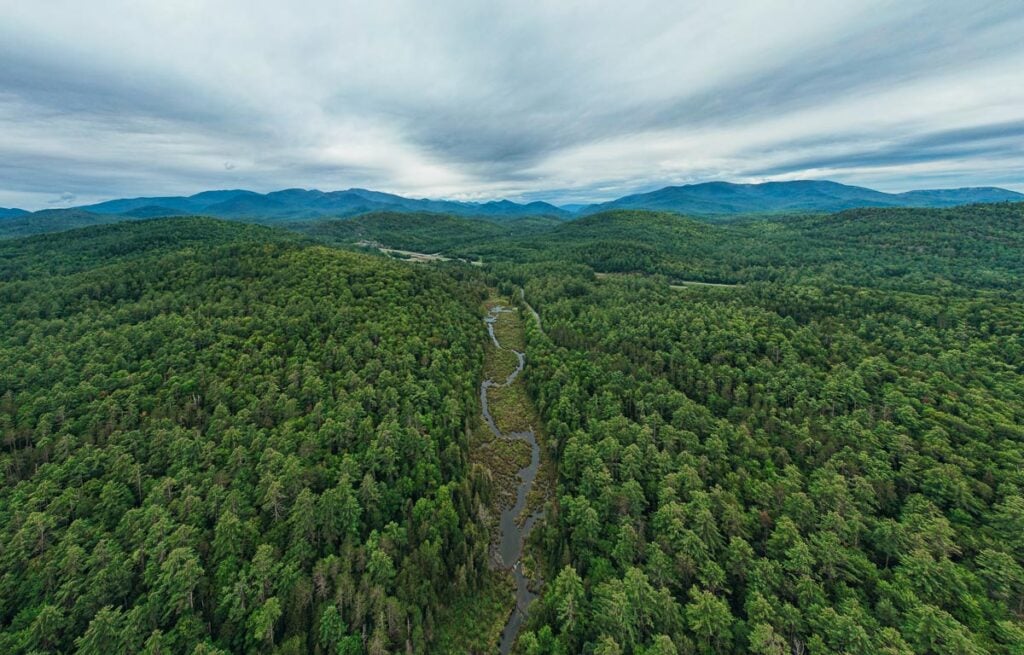
But I digress. The point I need to make is this:
Those two truths – that travel produces carbon emissions, and that it often requires flights – means a lot of potentially productive conversations about these complex, scary issues have just evaporated. Instead, we have two stubborn camps in the travel industry:
- The “Flight Shaming” Camp. AKA: The people who have sworn off flying (whether or not they are or ever were travelers), and thus sworn off most kinds of long-distance travel that fit into the “normal” 21st century lifestyle of just about anyone reading this blog.
- The “Ignoring Reality” Camp. AKA: Travelers who have stuck their heads in the sand, refusing to acknowledge the problem. (Or worse, even claiming that we shouldn’t care, because it’s not the biggest part of the problem, when you compare air travel emissions to, say, emission from generating electricity.)
It’s a Batman meets The Joker situation: What happens when an unstoppable force meets an unmovable object? Certainly not progress.

And I’ve heard both the Flight Shamers and the Reality Ignorers claim that people (guilty) who try to do something about the travel and climate issue – to make travel better, cleaner, more efficient and more beneficial to locals – are just trying to “justify” unnecessary pollution.
And the reason I’m guilty? The motive for my crime? It’s that I don’t believe travel is frivolous.
Unnecessary, sure, if we want to strip our lives down to mere survival. But beneficial in so many ways it’s hard to count – both for the traveler and, when it’s done right, for the places and communities we travel to. (The travel industry accounts for about 1 in 10 jobs on the entire planet, for example. And the figure is even more dramatic in many of the poorest countries.)
Don’t get me wrong, travel needs to change. People need to wake up and support electrified public transportation, aggressive climate action, and investment in all kinds of solutions.

And that is exactly why I sat down to write this for you today.
Because while there are many other ways (and many cheaper ways) to support climate action, I’ve decided that one way I’ll be doing it from now on is by investing with Tomorrow’s Air.
Tomorrow’s Air offers practical climate and travel education along with an easy way to support innovative technologies. (I’m not talking about carbon offsets. This is something else.)
By “innovative technologies,” they mean real solutions to climate change that aren’t getting enough funding. Specifically, two things:
- Carbon Removal Technologies: This is the clean-up part. Sucking CO2 out of the air through high tech machines, but also farming techniques and other lower-tech methods. (Biochar and enhanced rock weathering are two that you support when you buy into their Carbon Removal option.)
- Sustainable Aviation Fuel: This is one of the most cutting-edge areas of fixing the travel industry’s ongoing carbon emissions. SAF means finding things to fuel airplanes that are not fossil fuels.
Tomorrow’s Air has been on my radar for more than a year. At first, I was intrigued. But, as fans of my plastic-free product reviews can tell you, I don’t like to jump into recommending things. (I’m very selective, and a stickler for the details, not just the messaging.)
And this year I met several equally picky colleagues in the sustainable travel world who were equally impressed. (To name a few: Yugen Earthside, Kim Kim, and Natural Habitat Adventures.)
So this fall, I got on a video call with the one of the founders of Tomorrow’s Air, Christina Beckmann, to ask her all my burning questions. I want to share six great points she made in that interview.
1. Her perfect sum-up of the climate situation we’re in:
“The overarching climate narrative that I still see is pretty much, ‘the world is going to shit.’ We don’t see enough solutions. And people are scared to talk and write about technological solutions that go along with nature-based solutions. But people are comfortable talking about planting trees, because everyone understands trees.”
Christina Beckmann, Tomorrow’s Air co-founder
When she said that, I felt like I was talking with someone who’d been inside my head for the past year.
While it’s true that a decent number of travel companies are supporting nature-based solutions (like tree planting, as opposed to techy solutions), I learned from some of my reporting this year how little we actually do understand trees.
(At least when it comes to their real value as a climate solution, and what to look for in good tree-planting programs. It’s more complicated than I expected, but it seems so simple that we don’t realize how much we don’t know about it.)
[Please read this post if you want to know what you don’t know about trees, and what I’m talking about.]
But I couldn’t agree more with Christina’s sentiment about the climate fear and anxiety (in society) and reticence (especially in the travel industry).
Sadly, it’s really hard to have conversations around the reality of travel and climate change, and how to actually travel better.
I experienced this, for example, when I posted on Instagram about how to find flights with lower emissions – a useful skill, right? – and had people comment that cycling and through-hiking were also great ways to see the world and I should be promoting those.
(For the record, I do, but does one replace the other? I mean… Where can we even start if that’s the level of dialog? I post a pasta recipe, and the internet says, “sure, but… where are your posts about getting a manicure?”)
2. We have the technology; now we need the promoters.
That’s just me paraphrasing Christina’s much better explanation:
“One of the reasons that the climate movement hasn’t gone faster is that the people communicating about it are only communicating in charts and graphs. And we believe that travel is the perfect delivery mechanism for climate education. Because when you’re planning a trip, your mind is in a different place, and that’s the perfect time to introduce novel ideas.”
Christina, Tomorrow’s Air
Novel ideas like we can do this. Reality does not have to be another damn apocalypse movie.
Again, she’s tapped into my brain, and that of just about every other travel writer since Mark Twain, who wrote this in The Innocents Abroad:
“Travel is fatal to prejudice, bigotry, and narrow-mindedness, and many of our people need it sorely on these accounts. Broad, wholesome, charitable views of men and things cannot be acquired by vegetating in one little corner of the earth all one’s lifetime.”
This is basically the biggest truism in travel, but no one has thought to apply it to climate solutions.
If travel can open our minds to other ways of living, then it can also help us achieve “broad, wholesome, charitable views” on humanity’s ability to fix climate change.
We can thrive.
We can, in fact, reverse it – but not if we don’t try.
And what does it mean to try to stop climate change?
Well, there’s no way around it. It’s about putting your money (and your vote) where your mind is. Or maybe where your favorite coastal flood plain vacation destination is.
Choose something to fight for.
3… We need the promoters to get the money to break the log jam.
The two types of solutions that you can invest in with Tomorrow’s Air are carbon removal and sustainable aviation fuel. And they both have the same problem.
“Currently 0.1% of aviation fuel is SAF. Why so little? Because it’s so expensive. High cost due to lack of demand, lack of demand due to high cost. It’s a log jam.”
Christina, Tomorrow’s Air
When the first iPhone came out, if every single person in the world had said “oh, no, it’s too expensive,” development would have stopped and we’d all still be using flip phones. The market needs early adopters. Except instead of spending your money to invest in apps in your pocket, you’re spending your money to invest in stopping climate change.
What your investment is doing is helping to break the log jam.
What else will help? Policy.
“However, while we’re waiting for the government to unstick itself, the clock is ticking.”
Christina, Tomorrow’s Air
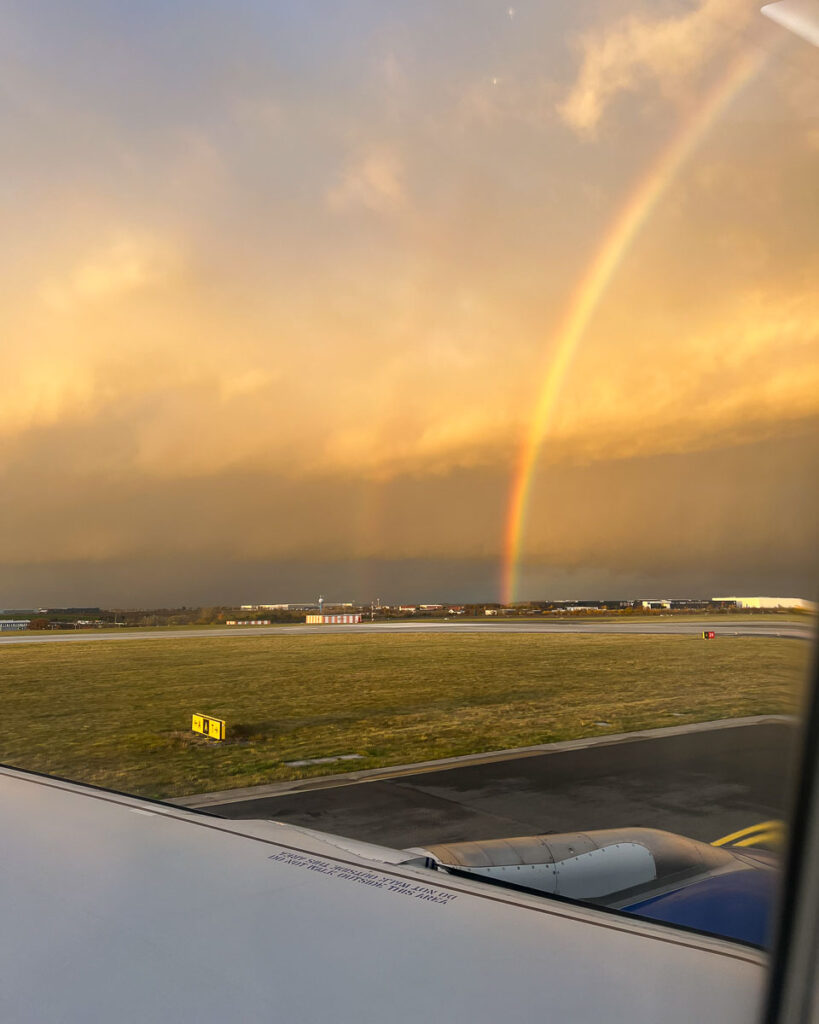
4. Yes, we need policy. Investing is another way we push for it.
Our small, individual investments help with breaking the log jam in terms of government climate policy, because governments care about what people tell them to care about.
(Yes, of course, you can tell me a thousand and one counter examples. But everything significant that ever changed in our society – think: civil rights, votes for women – changed because people spoke up.
And if you’re not much of a picket line person, don’t worry. You can speak up with investment. And the amount is not the most important part.)
“We have massive control over influencing power if we get together. When we can say we have a MILLION people investing in carbon removal through Tomorrow’s Air, government is going to be more willing to do something. So we are optimistically trying to start a massive consumer movement.”
Christina, Tomorrow’s Air
That’s why it matters even more that lots of people donate small amounts than when a few people donate a lot. Politicians know that people vote or don’t for them for a million different reasons. But when people voluntarily give money to something? That’s about as clear of a signal as there is of what they really care about, specifically.
So give $20! It doesn’t have to be a huge contribution. It’s actually fine if it’s not.
Or go for $10 a month. Two coffees!
5. Climate action will give you TikTok abs.
I smiled as Christina cited a Yale study about how just participating in any kind of climate solution helps us feel better. It’s all about the ripple effect. You contribute a few dollars, and then also maybe it gets you reading about SAF… and before you know it, you’re learning more.
“It’s like going to the gym. It’s the hardest thing to start, and then six months later you’re on TikTok with your abs.”
Christina, Tomorrow’s Air
Okay, but jokes aside, she is right. Starting to care is a slippery slope.
You start out thinking you’re happy to give up, and just want to watch the world burn (man, I am on fire with the Batman references today), and before you know it, you’re organizing your community, or changing your spending habits, and just daring to try in a thousand small ways.
Also Christina: “Now is not the time to give up. And also, it just feels better to not give up.”
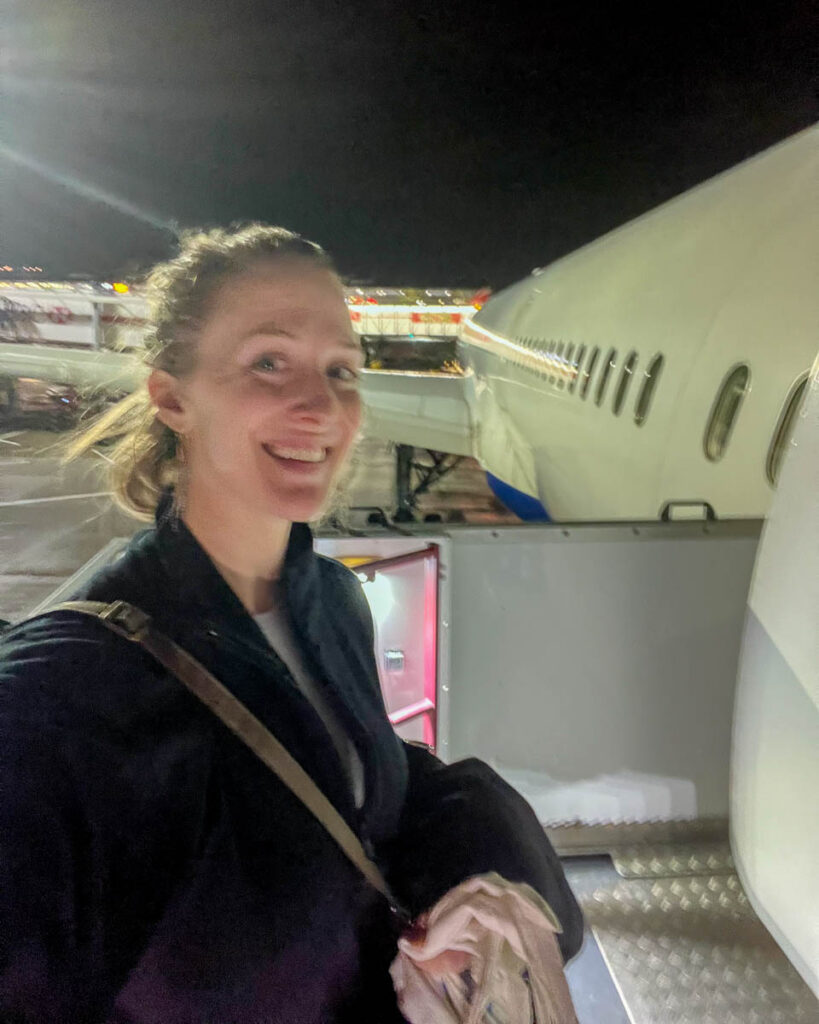
6. The cost justifies itself. (Invest like it’s an iPhone!)
Often, the biggest conversation point around carbon removal projects is how much they cost. Just like my flight emissions last year, the answer is a lot.
The actual price tag is often well over $100 per ton of carbon dioxide removed from the atmosphere. And we need to remove about 900 billion tons.
(And we’re already doing 2 billion every year! If we just invest like it’s an early iPhone, and we want better apps, then suddenly it’s not so far from 2 to 900. Plus, just a few years ago, it was a lot pricier.)
That’s why Christina says they purposefully choose promising, but underfunded technologies.
They’re expensive, yes, but they need the most support and have the most potential. (Of course, that’s not the only criteria.)
“We are trying to advance these technologies, and as they scale, as they’re more deployed, their cost will come down. We’re part of the ‘you’ve got to start somewhere’ movement. We can’t all just sit on the edge and wait for someone else to do it. We’re talking to early adopters who are psyched about the potential for humans to be ingenious and creative and hopeful. Yeah, it’s expensive at this stage. And in 10 years it’ll be less expensive. And in 20 years, even less.”
Christina, Tomorrow’s Air
I keep rereading that because I just love it – psyched about the potential for humans to be ingenious and creative and hopeful.
Part of the reason high-quality carbon removal will get less expensive over time is that, as investment increases, things get better, more efficient and less expensive. (This is the concept of the “learning rate.” It’s the reason computers don’t currently cost $7 million each, as explained here.)
To help contextualize where we are in this carbon removal movement, you can compare that to how much renewable energy has grown in the past decade, while decreasing in price. (Solar panels, for example, have absolutely fallen off a cliff in price, while the number of them has grown by 40% per year.)
Here – I’ll even add a chart that Christina shared with me, since every climate change article needs at least one. (40% annual grown in solar, as you see in the first bar.)
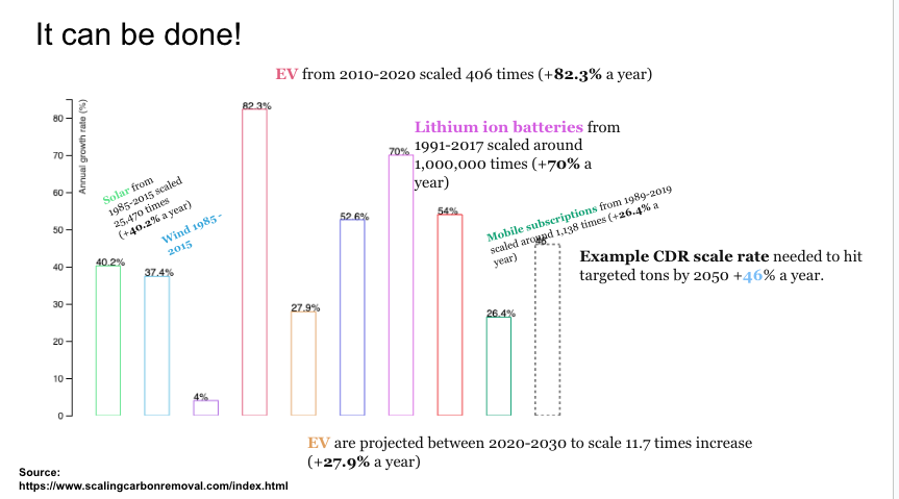
Here’s another graph, just so you know I’m really serious. (Solar prices getting low, just like we expect carbon removal prices to do… if we invest.)
7. We need it all – but how should you choose?
I started this conversation wanting to know how people like you and I should choose between investing in Sustainable Aviation Fuel or carbon removal projects with Tomorrow’s Air.
Or how to choose between investing in nature-based solutions (like planting trees or biochar) or technology solutions (like direct air capture. Those are the machines that absorb the CO2 from the air for permanent storage.)
“Put fifty cents here and fifty cents there, because we actually do need all of these. We need to reduce our emissions dramatically… And if we don’t have forests and oceans, all the technology in the world isn’t going to save us.”
Christina, Tomorrow’s Air
So invest in whatever you feel good about!
I feel good about both projects from Tomorrow’s Air. And I’ve listed a couple of other good ideas below.
And specifically for travelers, I really liked Christina’s idea of investing in (rigorous, local, carefully monitored) tree planting or other nature-based solutions in the destination you’re visiting.
“We all share the same air. When I remove CO2 from the air somewhere, it helps everywhere. But when you’re traveling you might say when I go to Latin America, I want to support the Amazon. I think of the nature-based solutions with a geographical mindset.”
Christina, Tomorrow’s Air
[Again, for more on what to look for in good tree planting programs, read this.]
More Travel & Climate Resources
Looking for more powerful places to put your money? Let me help.
Climate Refugees is a great project helping people who are already suffering from the effects of climate change. (An estimated 21 million people are displaced by climate change every year. Most of them don’t have the resources to recover their lives on their own.)
Clean Air Task Force works on changing laws to get more renewable energy projects out of the planning phase, and other technical projects.
If you want to support only the low-tech forms of carbon removal (but the ones that are more effective than tree planting), here are two great options:
- Vesta, for ocean alkalinity enhancement. (In short: Alkaline sand from naturally occurring olivine is used to reduce acidity in the ocean.)
- Planboo, for biochar. (In short: You take plant biomass, like farm waste, and cook it under certain conditions, mix it with compost, and spread it on farm fields. It sequesters carbon dioxide and increases crop yields.)
And Tomorrow’s Air is also a great resource for finding better tour companies to travel with, since most of the businesses they work with are focused on tourism as a means of economic funding for conservation or community projects. The mindset for a lot of the businesses they work with, as Christina described it, is: “If people come see it and understand it, then they’ll advocate for it.”
(Another great place to find sustainable travel companies? My booking resources page.)

